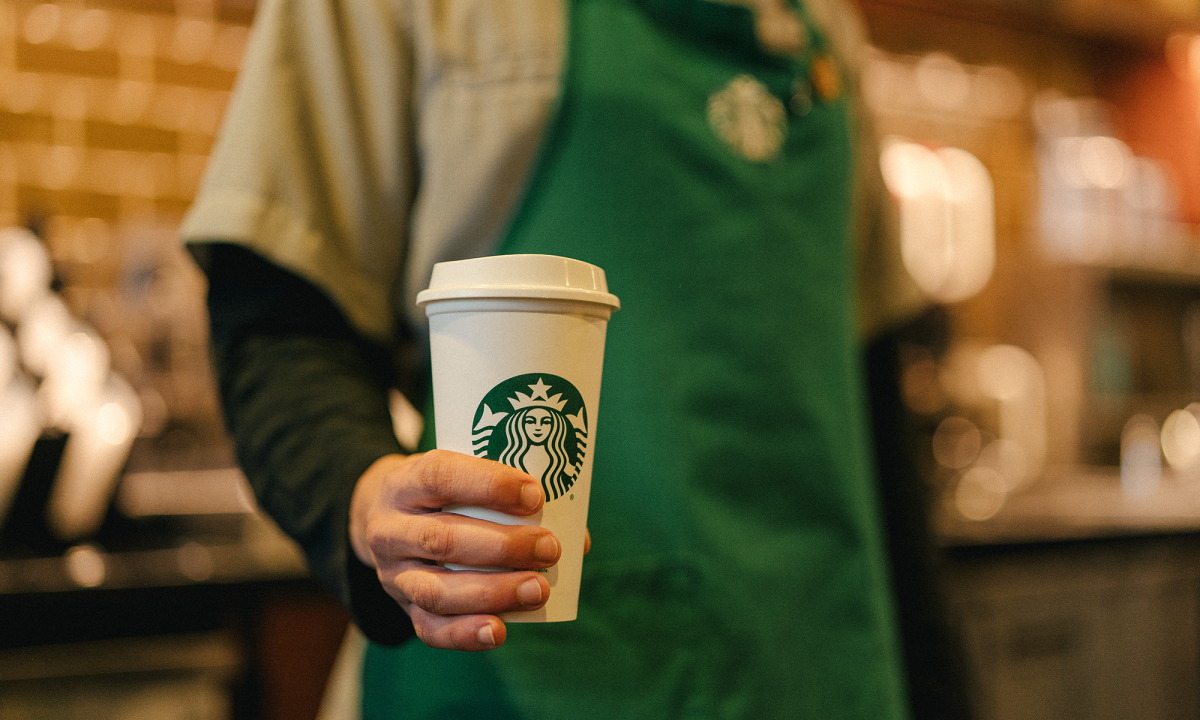KAJIADO, Kenya (AP) — The blood, milk and meat of cattle have long been a staple for Maasai pastoralists in Kenya, perhaps the country’s most recognizable community. But climate change is forcing the Maasai to consider a very different dish: fish.
A recent drought in Kenya has killed millions of cattle. While Maasai elders hope the problems are temporary and they can resume their traditional lives as pastoralists, some are getting used to a type of food they never learned to appreciate.
Fish were long considered part of the snake family because of their shape, and therefore inedible. Their smell was unpleasant and alien to the Maasai, who call semi-arid regions their home.
“We never lived near lakes and oceans, so fish was very foreign to us,” said Kelena Ole Nchoi, chair of the Maasai Council of Elders. “We grew up seeing our elders eating cows and goats.”
Among the Maasai and other pastoralists in Kenya and East Africa, such as the Samburu, Somali and Borana, cattle are also a status symbol, a source of wealth and part of important cultural events, such as weddings as part of the dowry.
But the ongoing drought across much of East Africa has left carcasses of emaciated cattle strewn across vast drylands. By early 2023, the Kenya National Drought Management Authority said 2.6 million cattle had died, worth an estimated 226 billion Kenyan shillings ($1.75 billion).
Meanwhile, increasing urbanization and a growing population mean that pastureland is becoming increasingly scarce, forcing livestock farmers to find new ways to survive.
In the Kajiado region, near the Kenyan capital Nairobi, the local government supports fish farming projects for livestock farmers and encourages them to eat fish.
Like many Maasai women, Charity Oltinki was previously a beadworker and her husband was responsible for the family’s herd. But the drought killed nearly 100 of their cows and left only 50 sheep out of their herd of 300.
“The lands were bare, with nothing for the cows to graze on,” Oltinki said. “So I decided to set aside a piece of land to raise fish and monitor how they would perform.”
The provincial government provided her with pond liner, tilapia fingerlings and some food. With her savings from her membership in a cooperative, Oltinki got a loan and dug a well to alleviate the challenge of water scarcity.
After six months, the first batch of hundreds of fish were caught, with the largest selling for 300 Kenyan shillings each ($2.30).
Another member of the Maasai community in Kajiado, Philipa Leiyan, started fish farming in addition to her livestock farming.
“When the provincial government introduced us to this fish farming project, we were very happy because we saw it as an alternative source of income,” said Leiyan.
The Kajiado State Government initiative began in 2014 and is currently working with 600 pastoralists to diversify their incomes and buffer against the effects of climate change. There was initial reluctance, but participation has grown from around 250 before the drought began in 2022.
“The programme has taken on some importance,” said Benson Siangot, director of fisheries in Kajiado region, adding that it also addresses the issues of food insecurity and malnutrition.
The Maasai share their love of cattle with the Samburu, an ethnic group living in arid and semi-arid areas of northern Kenya and speaking a dialect of the Maa language that the Maasai speak.
The recent drought has forced the Samburu to look beyond cattle and start rearing camels.
In the village of Lekiji, Abdulahi Mohamud now looks after 20 camels. The 65-year-old father of 15 lost his 30 cattle during the drought and decided to try an animal better suited to long dry spells.
“Camels are easier to breed because they feed mainly on shrubs and can survive in harsher conditions,” he said. “If the pasture dries up, all the cattle die.”
According to Mohamud, a small camel can be purchased for 80,000 to 100,000 Kenyan shillings ($600 to $770), while the price of a cow ranges from 20,000 to 40,000 ($154 to $300).
He found the camel’s resilience worth the investment.
In a vast pastureland near Mohamud, 26-year-old Musalia Piti cared for his father’s 60 camels. The family lost 50 cattle during the drought and decided to invest in camels that they could sell when they needed cattle for traditional ceremonies. Cows among the Samburu are used as dowries.
“You have to do whatever it takes to find cattle for marriage ceremonies, even though our herds are smaller these days,” said Lesian Ole Sempere, a 59-year-old Samburu elder. Offering a cow as a gift to the parents of a prospective bride encourages them to declare their daughter “your official wife,” he said.
___
Tiro reported from Samburu County, Kenya, and Musambi from Nairobi, Kenya.
___
For more on Africa and development: https://apnews.com/hub/africa-pulse
___
The Associated Press receives funding for global health and development reporting in Africa from the Bill & Melinda Gates Foundation Trust. AP is solely responsible for all content. Find AP’s standards for working with philanthropies, a list of supporters and funded reporting areas at AP.org.




